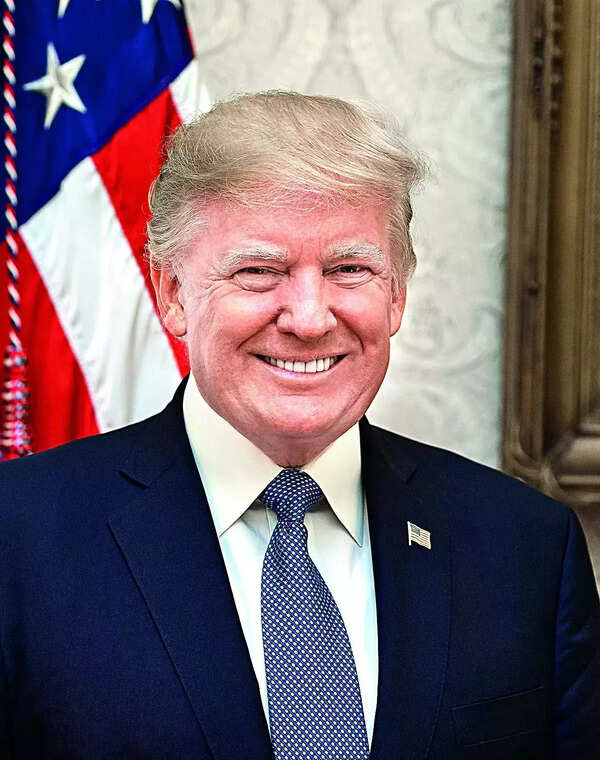Google parent Alphabet on Thursday reported profit of $34.5 billion in the recently ended quarter, powered by its cloud computing and artificial intelligence operations.
Overall revenue at Alphabet grew 12% to $90.2 billion compared to the same period a year earlier, while revenue for the cloud unit grew 28% to $12.3 billion, according to the tech giant.
Alphabet chief executive Sundar Pichai said the strong quarterly results reflect healthy growth and momentum across the business.
“Underpinning this growth is our unique full stack approach to AI,” Pichai said in an earnings release.
He touted the latest Gemini software as Alphabet’s most intelligent AI model and an “extraordinary foundation” for the Silicon Valley company’s innovation.
Alphabet shares were up more than 3% in after-market trades that followed the release of the earnings figures.
“Cloud grew rapidly with significant demand for our solutions,” Pichai said of Alphabet’s services and tools hosted at data centres.
Investors have been watching closely to see whether the tech giant may be pouring too much money into artificial intelligence.
“Cloud’s growth indicates that Google AI product mix continues to thrive despite heightened competition,” said Emarketer principal analyst Yory Wurmser.
Google and rivals are spending billions of dollars on data centres and more for AI, while the rise of lower-cost model DeepSeek from China raises questions about how much needs to be spent.
Meanwhile the online ad business that churns out the cash Google invests in its future could be neutered due to a defeat in a US antitrust case.
US government attorneys are urging a federal judge to make Google spin off its Chrome browser, arguing artificial intelligence is poised to ramp up the company’s online search dominance.
The Department of Justice (DOJ) is arguing its position before District Judge Amit Mehta, who is considering “remedies” after making a landmark decision last year that Google maintained an illegal monopoly in online search.
“Nothing less than the future of the internet is at stake here,” Assistant Attorney General Gail Slater said prior to the start of the hearings this week in Washington.
“If Google’s conduct is not remedied, it will control much of the internet for the next decade and not just in internet search, but in new technologies like artificial intelligence.”
Google countered in the case that the United States has gone way beyond the scope of the suit by recommending a spinoff of its widely used Chrome, and holding open the option to force a sale of its Android mobile operating system.
The legal case focused on Google’s agreements with partners such as Apple and Samsung to distribute its search tools, noted Google president of global affairs Kent Walker.
“The DOJ chose to push a radical interventionist agenda that would harm Americans and America’s global technology leadership,” Walker wrote in a blog post.
In another legal battle, a different US judge ruled this month that Google wielded monopoly power in the online ad technology market in a legal blow that could rattle the tech giant’s revenue engine.
The federal government and more than a dozen US states filed the antitrust suit against Google, accusing it of acting illegally to dominate major sectors of digital advertising.
District Court Judge Leonie Brinkema ruled that Google built an illegal monopoly over ad software and tools used by publishers.
“Google has willfully engaged in a series of anticompetitive acts to acquire and maintain monopoly power in the publisher ad server and ad exchange markets for open-web display advertising,” Brinkema said in her ruling.
Online advertising is the driving engine of Google’s fortune and pays for widely used online services like Maps, Gmail, and search offered free.
Combined, the courtroom defeats have the potential to leave Google split up and its influence curbed.
Google said it is appealing both rulings.
Published – April 25, 2025 08:39 am IST





































